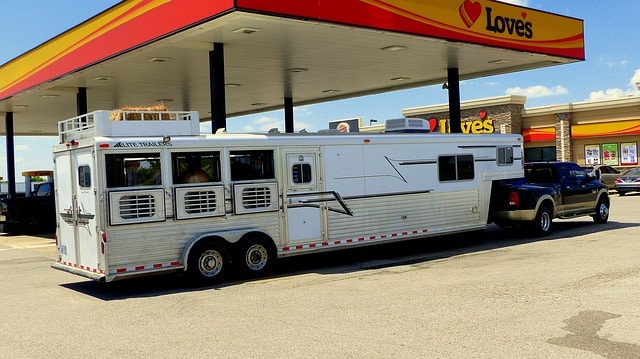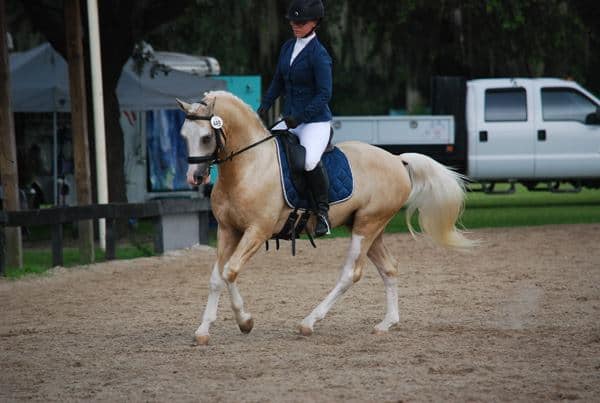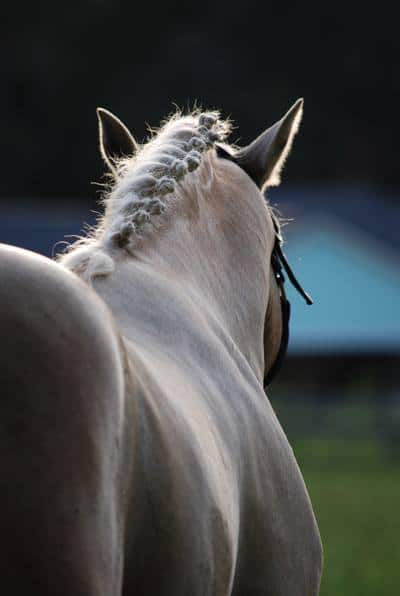Equitation
And why is it essential for your riding journey.
Equitation is not just riding pretty. Most of the time when we think of equitation classes at the horse show we think “it’s got to be pretty”. But really equitation is about putting your body the correct position where it makes you the most effective. Once you can ride in that position you will be able to balance without struggling, without tension and tightness. And this position enables you to use your aids in a soft, subtle almost invisible manner. Softer aids usually result in a more responsive horse. Riders who have a strong foundation in equitation are able to better control their horses, which leads to better performance and that makes your riding appear as pretty.
We have all seen the diagrams in the books with the straight line from your shoulder to your hip to your heel. This line enables your joins to act as shock absorbers while keeping your weight in your stirrups. It is important to have your heels down but not so far down that it locks your ankle. Once your toe is in front of your knee, your knee is no longer a shock absorber. Your knee needs to be able to move so that you can maintain your balance without locking the rest of your body in place. Having your heel under you seat gives you balance so that you don’t need to balance on your horse’s mouth. Riding with a locked heel and knee while jumping forces you to over jump with your upper body. Riding this way on the flat or in dressage stops your body from following the motion of the horse and you will not be able to sit the trot. That is why we see so many in the hunter ring hovering at a sitting trot instead of actually sitting.
The same this is true with your arms. If you ride with a straight elbow, you will not be able to feel your horse’s mouth. Bend elbows allow you to have soft arms that float with the horse’s head and neck. You don’t want to force the movement of your arms but instead you want to allow it. When you are walking or cantering your horse will use his neck for balance this motion can be felt through a soft bent elbow.
In most cases a straight elbow leads to open fingers. Having open fingers does not equate to having a soft feel on your horse’s mouth. With an open hand you will not be able to feel your horse’s mouth and your rein will pop as your horses head moves with his walk or canter. Your horse can’t feel the difference between the rein popping and you using your fingers to move your reins.
When you are riding your strength come from your core, your abs and your back. So, it is necessary to sit in your saddle without an arch in the small of your back. An arch in the small of your back closes your hip joint and stops the movement from going through your body. It also puts your upper body in front of your center of gravity.
While you are sitting on your horse: arch your back. Do you feel as much control in your arms as you do when you tuck your bottom under you and sit as if you are sitting on the pockets of your jeans? If you are trying to ride the canter with an arched back, you will do little more than bounce on your horses back. Even when you sit the canter, if you have an arch in your back you are going to have to push down into the saddle focusing the horse to hollow under you. If you drive your seat into your horse’s back, you will effectively shorten the horse’s stride. And after a time, this driving seat will result in a horse with a sore back.
Good equitation also helps a rider stay safe. A rider who is balanced and relaxed on their horse can feel any change in tension of the horse. And if the horse spooks a rider who has a solid foundation will be able to move with that horse and reduce the chances of falling off. A relaxed rider also helps the horse relax. Horses can feel our heart rate from 4 feet away, so when we get on a horse and we are gripping to stay on, the horse will most likely respond by being uptight and nervous. But a relaxed rider communicates this relaxation to his horse.
The partnership that is developed between horse and rider also play a role in equitation. Horses communicate with body language. So riders need to know how to read the horse they are on. Some people don’t understand that horses have individual personalities. But they do and just like with children we as riders/parents need to know them well enough to know when something is bothering them.
These are all really knit picky little things, but they all make a world of difference when you are looking at the effectiveness as a rider. Equitation is not about being a pretty rider. Equitation is the overall ability of the rider to communicate with their horse and the partnership that has been established through the rider’s aids and knowledge. Equitation is being able to put your body in the correct position so that you can move freely with your horse without resistance or tension. This position allows you to use soft, subtle invisible aids which your horse will be more responsive to. And That Makes a pretty rider.


